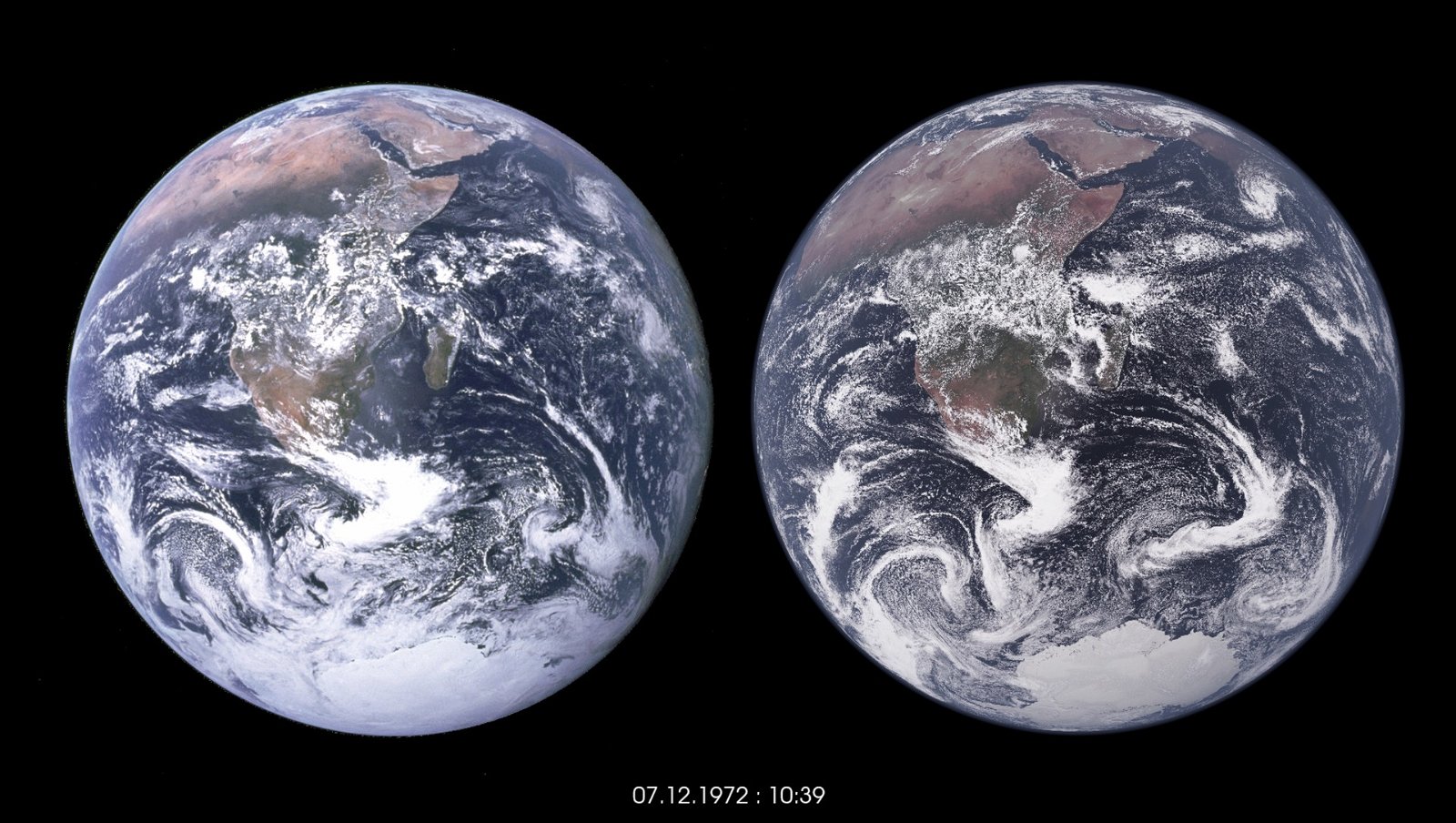Fifty years ago today, the astronauts in the Apollo 17, NASA's last crewed mission to the Moon, they pulled an iconic photo of our planet. The picture became known as Blue Marble (Blue Marble) and is the first fully illuminated color image of Earth taken by a human. 
Now, the scientists recreated this image during a test run of a state-of-the-art digital climate model. The model can simulate climate phenomena such as storms and ocean eddies at a resolution of 1 km, up to 100 times sharper than standard global simulations.

To recreate the swirling winds in the new Blue Marble image – including a cyclone over the Indian Ocean – the researchers fed meteorological data from 1972 into software running on a supercomputer.
The resulting image shows distinctive features of each region, such as high tides off the coast of Namibia and long cloud cover.
Experts say the image highlights the increasing complexity of high-resolution climate models. These are expected to form its core Destination Earth project of the European Union, which aims in the creation of a "digital twin" of the Earth to better predict extreme weather conditions and guide preparedness plans.





